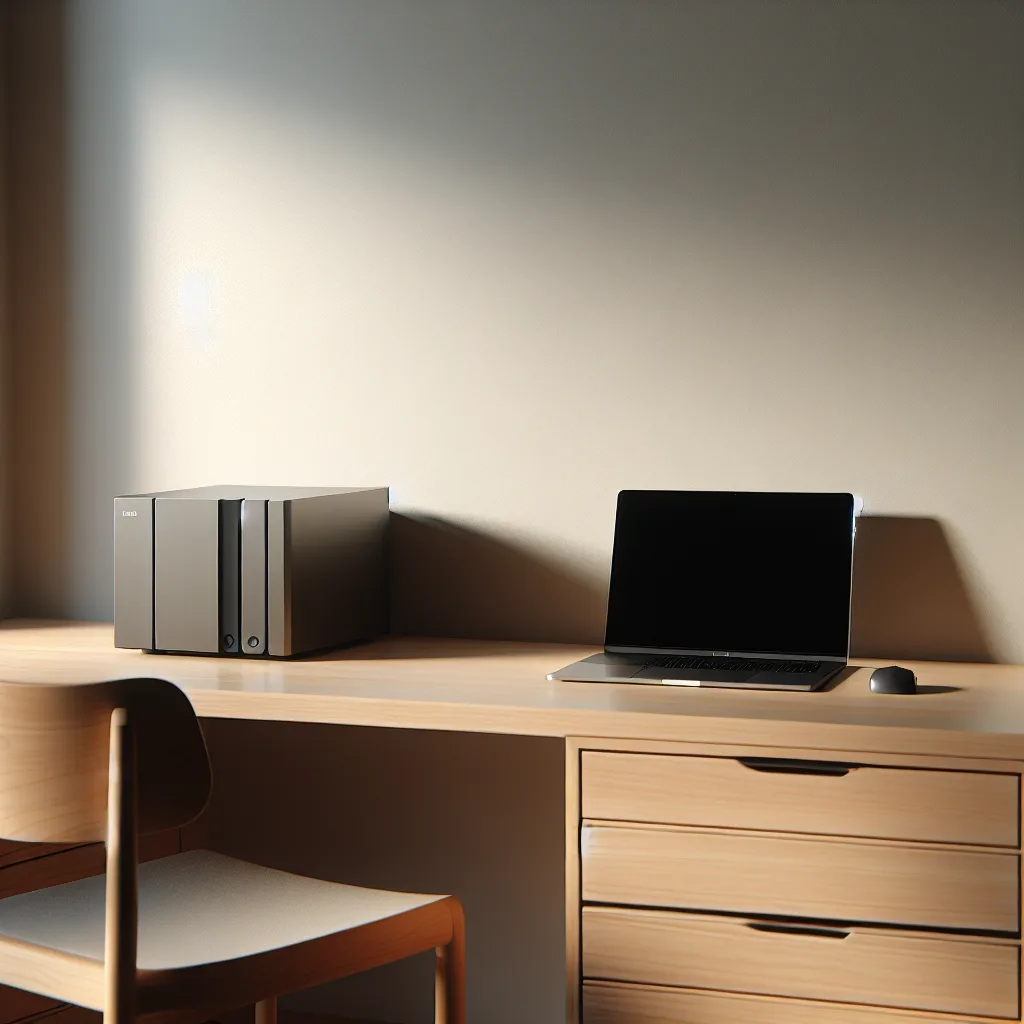A friendly guide to choosing your first Network Attached Storage (NAS). Learn how to pick the right pre-built NAS for media, files, and apps without the DIY hassle.
So, you’ve decided you need a NAS.
Maybe you’re tired of juggling external hard drives. Maybe you want to create your own personal Netflix with Plex or Jellyfin. Or maybe, like a lot of creatives, you need a central, reliable spot to store massive design files.
Whatever the reason, you’ve landed here. And if you’re feeling a little overwhelmed by the options, you’re not alone. The world of Network Attached Storage (NAS) can feel like a deep rabbit hole of technical specs, passionate forum debates, and a whole lot of acronyms.
I’ve been there. You just want something that works. You don’t have a ton of cash to throw around, and you definitely aren’t interested in spending a weekend building a server from scratch.
Let’s talk through it.
What Do You Actually Need It For?
Before you even look at a single product page, let’s get clear on the job you’re hiring this little box to do. For many people, it comes down to a few core tasks:
- Streaming Media: This is a big one. Running a service like Jellyfin or Plex is fantastic, but it has one major technical catch: transcoding. If the device you’re watching on doesn’t support the video file’s format, the NAS has to convert it on the fly. This requires a decent amount of CPU power. If all your devices can “direct play” the files, the CPU doesn’t have to work as hard.
- Running Small Apps: Things like a personal wiki (using Wiki.js, for example), a password manager, or running Docker containers are becoming super popular. These don’t usually require a ton of processing power, but they do appreciate a little extra RAM.
- Storing Files: This is the most basic function of a NAS. For storing graphic design projects, photos, documents, or backups, the main thing you need is reliable storage, not a super-powered processor.
The trick is that your choice of NAS will depend on which of these is your priority. If you’re a 4K video-transcoding power user, your needs are very different from someone who just needs a simple file repository.
The “Appliance” vs. The “Flexible Box”
For years, the pre-built NAS market has been dominated by two main players: Synology and QNAP. They sell you an “appliance.” The hardware and software are tightly integrated, and for the most part, it’s a very slick, user-friendly experience. Think of it like the Apple of the NAS world.
But this comes with a trade-off. You’re locked into their ecosystem. Their hardware can sometimes be a little less powerful for the price you pay, and you can’t just wipe it and install a different operating system if you want to experiment down the line. For some, this proprietary nature is a deal-breaker.
This is where a new wave of devices, from companies like UGREEN and others, is starting to make things interesting.
They offer another path: a pre-built box with solid hardware that doesn’t lock you into a single OS. This is the sweet spot for a lot of people. You get the convenience of not having to build it yourself, but you gain the freedom to install something more open and powerful like TrueNAS or Unraid. It’s the best of both worlds if you’re a little adventurous but not a full-on DIYer.
So, How Much Power Is “Enough”?
This is the real question, isn’t it? You don’t want to overspend, but you don’t want a sluggish machine that can’t handle your needs a year from now.
Let’s break it down based on the use cases we talked about.
- For heavy media streaming (e.g., transcoding 4K Jellyfin streams): You’ll want to look for a NAS with a modern Intel processor that has Quick Sync Video. This feature is designed for video transcoding and does the job much more efficiently than the main CPU cores. An Intel Celeron N-series or Pentium chip found in many modern NAS units is surprisingly capable here.
- For running a few apps and storing files: Honestly, you don’t need a beast. The same Celeron or Pentium processors are more than enough. Where you might want to invest is in RAM. While you can get by with 4GB, starting with 8GB gives you much more breathing room to run a few apps in the background without things slowing down.
For most people looking for their first NAS for media, files, and a few projects, a 2-bay or 4-bay unit with a modern Intel N-series/Pentium CPU and 8GB of RAM is the absolute sweet spot. It provides enough power for today’s needs and a little headroom for tomorrow’s, without breaking the bank.
Ultimately, choosing your first NAS isn’t about finding the most powerful box. It’s about finding the right one for you. It’s about being honest about your needs, your budget, and how much you want to tinker. And the good news is, today you have more “it just works” options than ever before—even if you want the freedom to make it your own.
